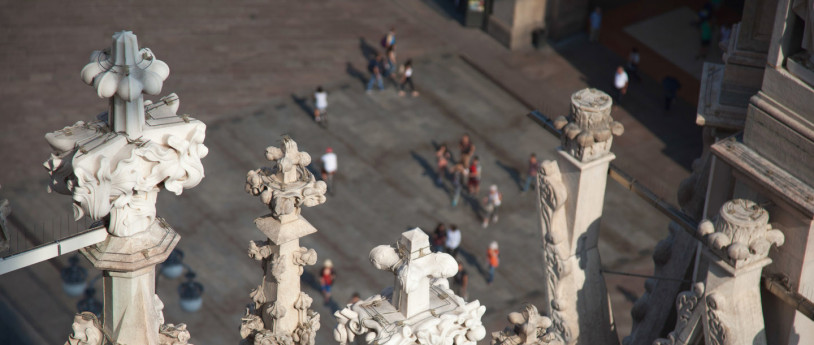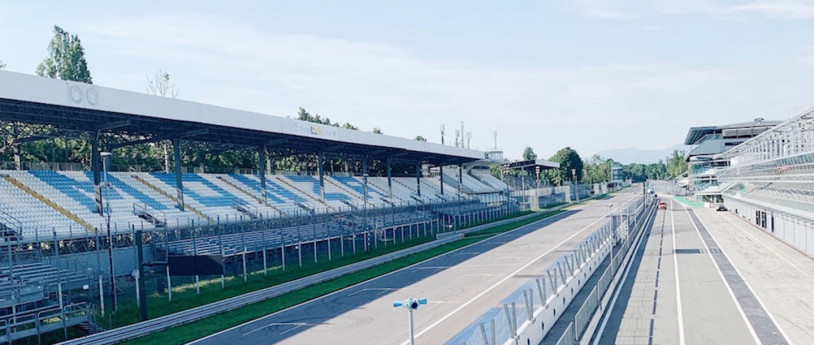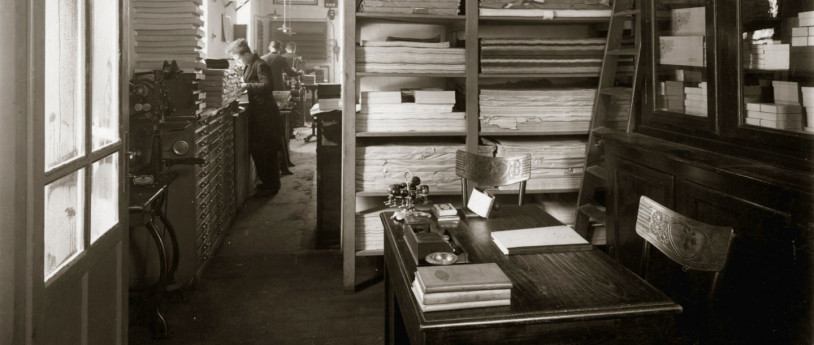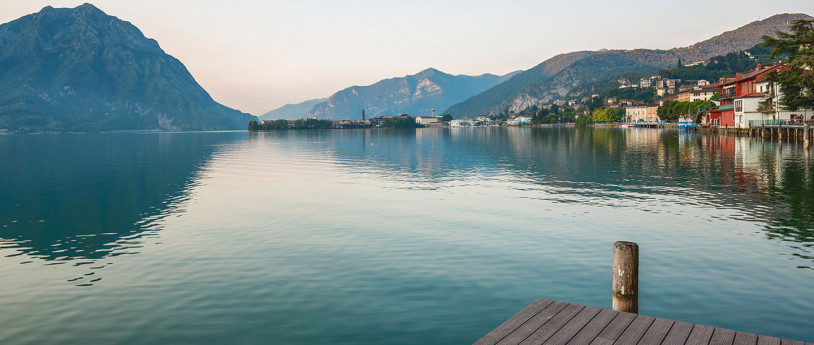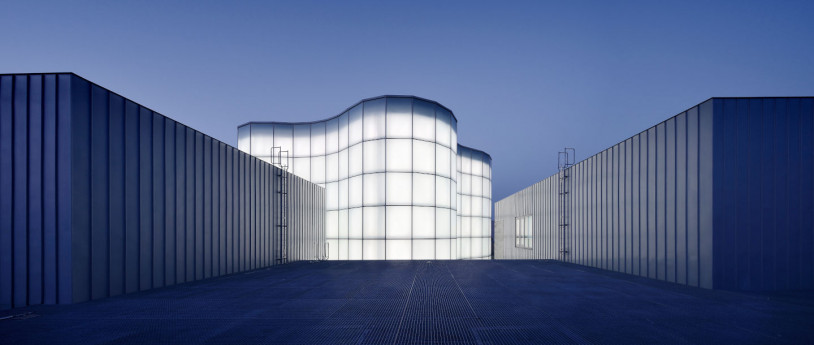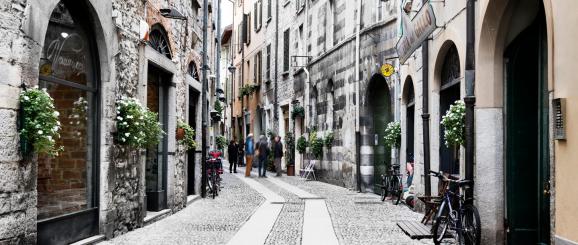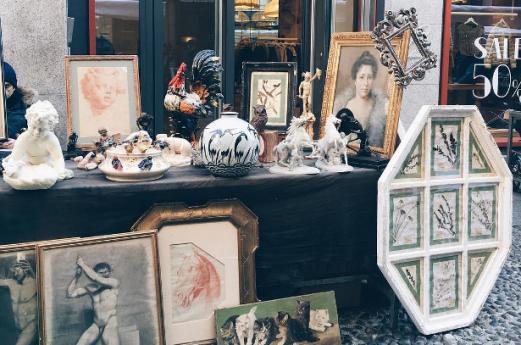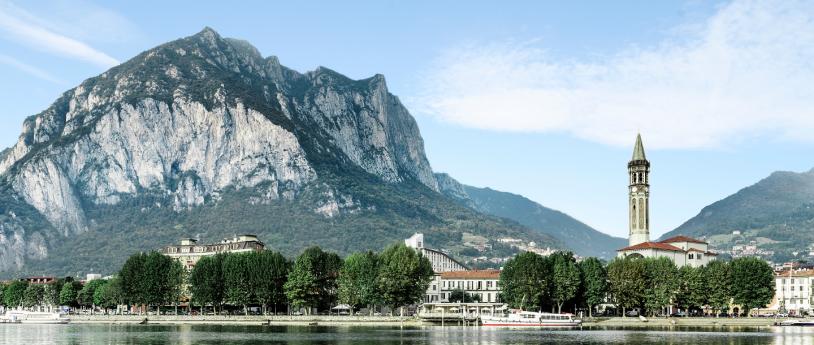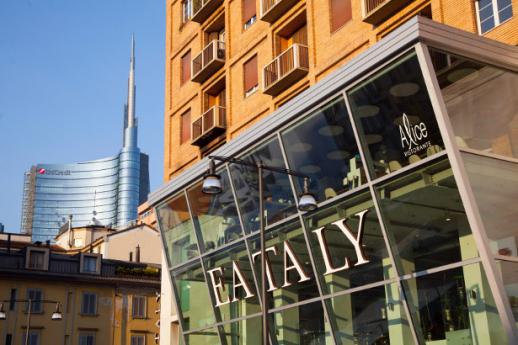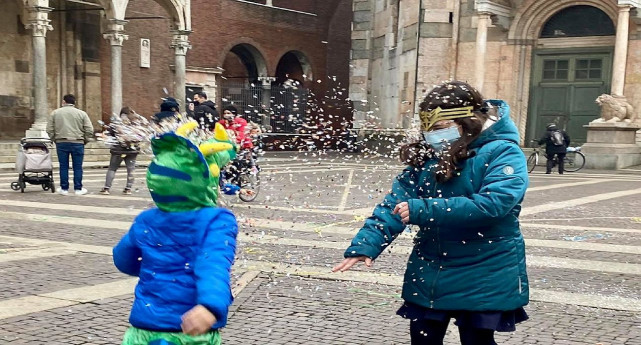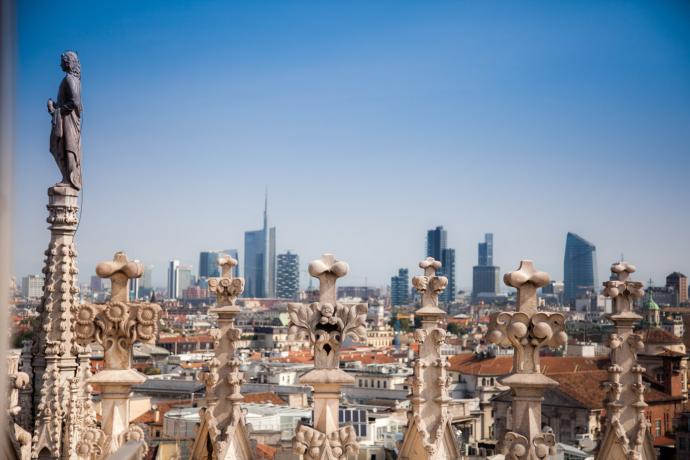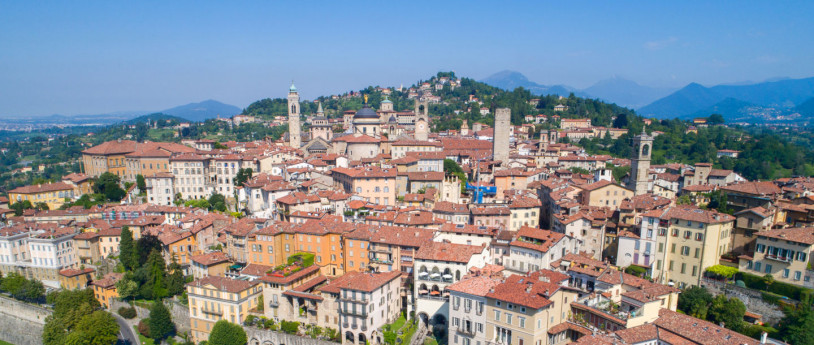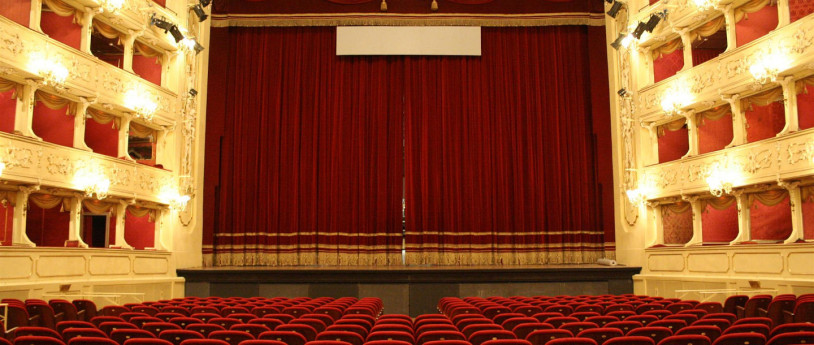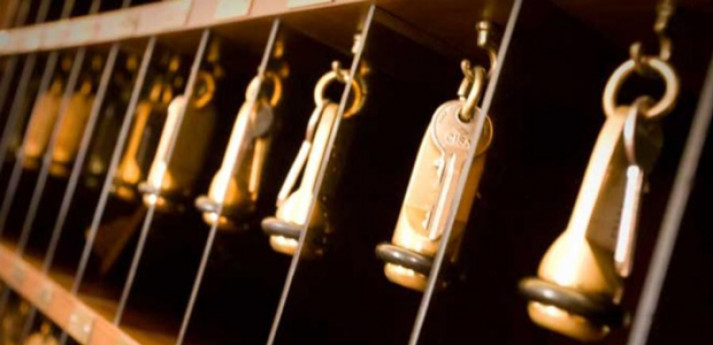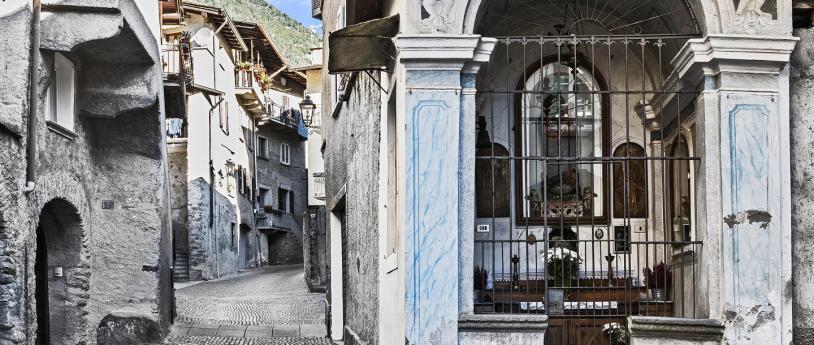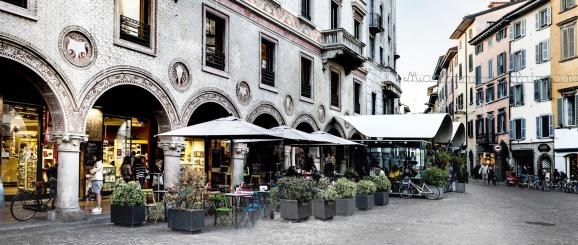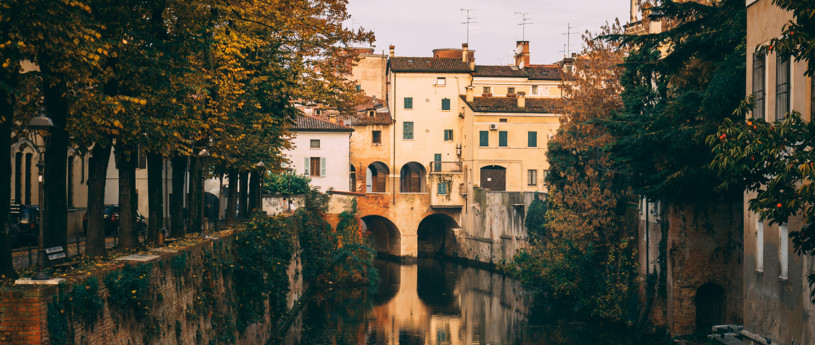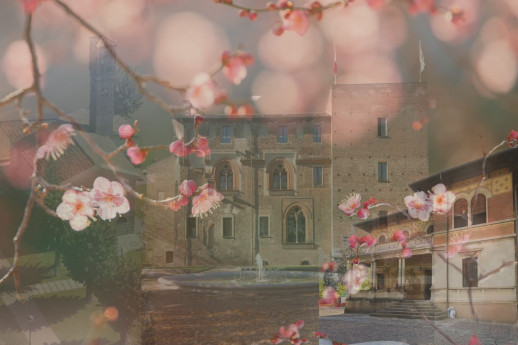- Lifestyle
- Lakes
Como, streets of silk
The Capital of silk built on the mastery of the weaving mills, printers and silk producers of the Lario valley
Como’s silk-making traditions date back to 1400, when Ludovico Sforza ordered the locals to grow mulberry trees, which provided nourishment for the silkworms and indeed gave Sforza – the famous patron of Leonardo da Vinci – his nickname: he became known as Il Moro, as the Latin word for mulberry is bombix mori, or murùn in Como dialect.
It was only in the course of the 18th century that silk production in Como grew to an industrial scale – and the transformation was truly remarkable: by 1840, 93% of the cultivated land in the Como area was filled with mulberry trees to grow silkworms, with spinning and weaving mills springing up everywhere you looked.
The history and evolution of the precious craft of silk making are documented in the Museo Didattico della Seta, in Via Castelnuovo. The museum takes you from the rearing of the silkworms through each and every stage of production, which are illustrated by an exhibition of old – but still functioning – machinery used for twisting, weaving, dyeing and printing.
Also worth a look is the museum’s history of silk advertising, featuring the Art Nouveau-style posters created by the silkworm importers, while there is also a shop for all you shopaholics. Don’t miss the Fondazione Antonio Ratti in Villa Sucota, which houses a splendid textiles museum and can be visited by appointment.
The foundation – which was established in 1985 by Antonio Ratti, who wished to transform his deep personal passion into an active cultural organisation – has conducted regular studies into the various realms of the visual arts since 1988.
If you like contemporary art and the history of fashion and textiles, then keep a close eye on the foundation’s schedule. It has provided a platform for countless established artists and young prospects in Villa Sucota over the years.
-
Info: visitcomo.eu
